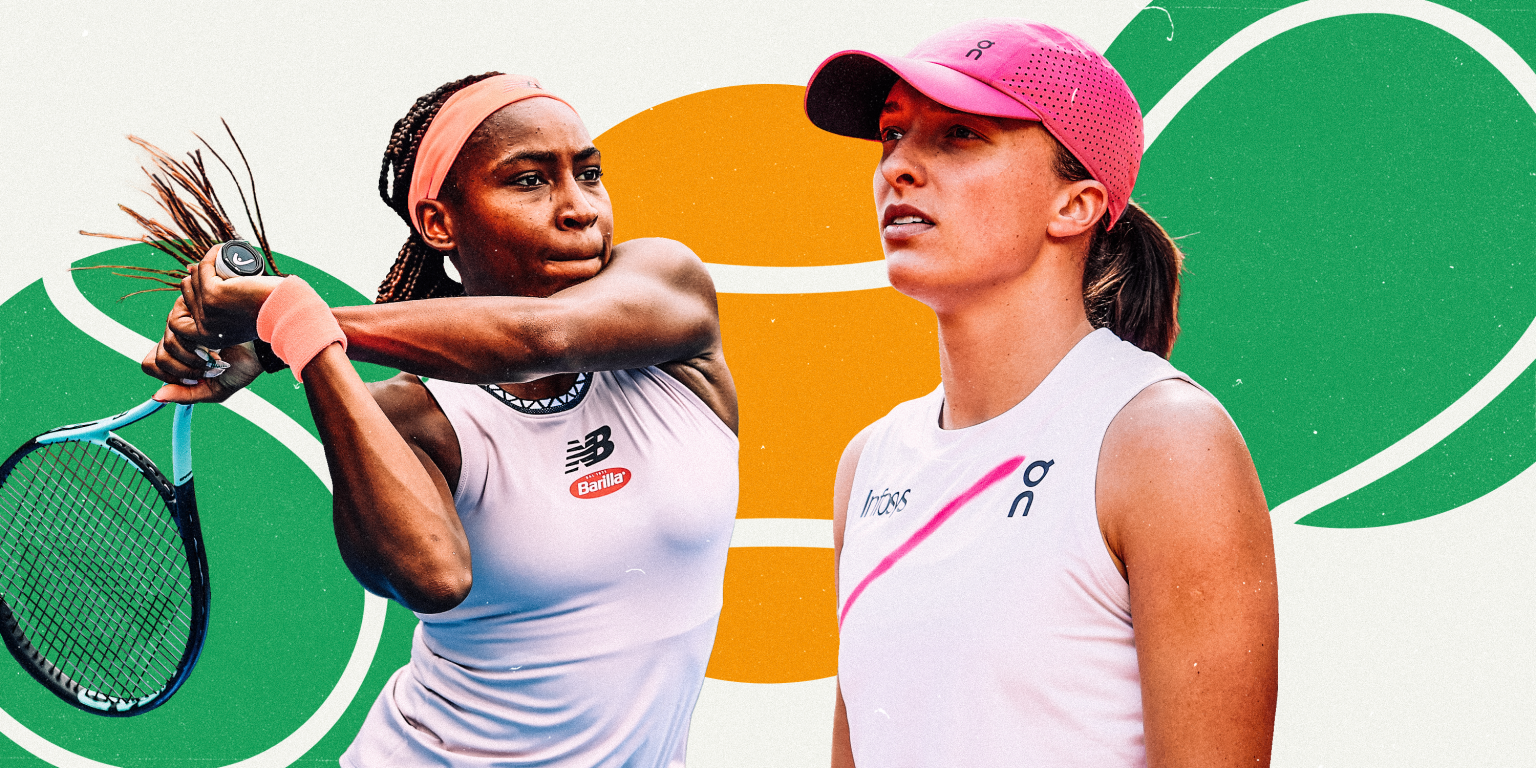In a new wave of extended tennis coverage, The Athletic is exploring the inequalities faced by women in the sport, both on and off the court. The article delves into the experiences of top women players like Coco Gauff and Ons Jabeur, who have encountered various forms of discrimination and bias in the tennis world. Gauff, despite being a Grand Slam champion and world No 3, found herself practicing on subpar courts at the Madrid Open, leading to questions about gender disparities in tournament scheduling and facilities.
The issue of inequality extends beyond just practice courts, as prize money distributions, scheduling of matches, and media coverage all play a role in the marginalization of women in tennis. The piece highlights instances where women’s events are given less attention and financial backing compared to their male counterparts, such as the prize money disparities at tournaments like the Italian Open and the Western & Southern Open. The knee-jerk argument of women not bringing in as much money as men is challenged, suggesting that if given equal exposure and investment, female players could be just as lucrative.
One significant area of contention is the disparity in the format of matches for men and women at Grand Slam events. While the men play best-of-five sets, the women play best-of-three, leading to arguments for equalizing the playing field by incorporating best-of-five sets for women as well. Issues such as the timing of finals and the treatment of women’s matches in mixed events are also brought into question, as players voice their frustrations over the lack of respect and equal opportunities afforded to women in the sport.
The article also sheds light on the challenges faced by female players in terms of scheduling, infrastructure, and perception within the tennis community. Issues such as access to prime practice slots, night match preferences, and the treatment of menstruation-related concerns contribute to a broader narrative of gender inequality in tennis. Additionally, the lack of provisions for players looking to start families, and the scrutiny faced by women regarding injuries and health issues, highlight the structural and cultural biases faced by women in the sport.
Finally, the piece emphasizes the economic dimension of gender inequality in tennis, with women receiving significantly lower prize money and media deals compared to their male counterparts. The blame is often placed on the players themselves for not bringing in as much revenue, despite facing systemic barriers in terms of exposure, scheduling, and financial backing. Efforts to address these disparities, such as the WTA’s partnership with CVC Capital Partners, aim to enhance sales and marketing efforts to improve the visibility and recognition of women’s tennis on a global scale.
In conclusion, the article paints a comprehensive picture of the multifaceted inequalities faced by women in tennis, highlighting the need for systemic change to address gender disparities in the sport. Through the stories and experiences of top women players, the piece underscores the urgent need to challenge existing norms, unlock equal opportunities, and create a more inclusive and equitable environment for women in tennis.


